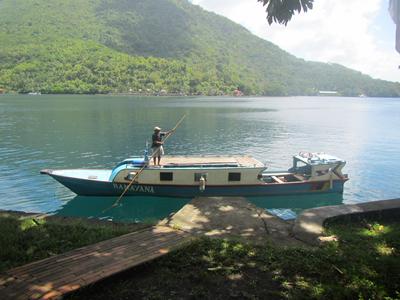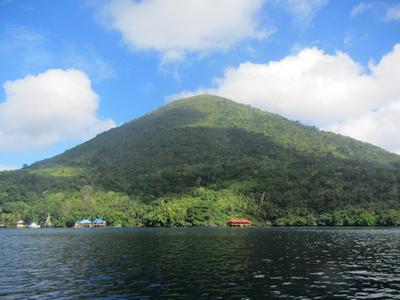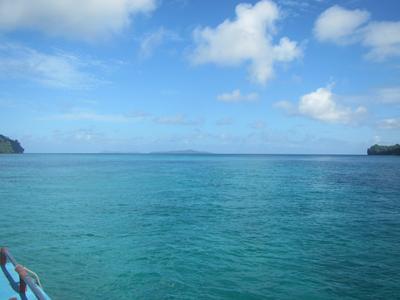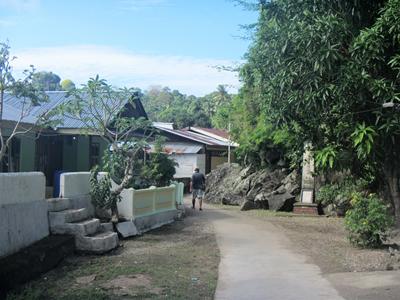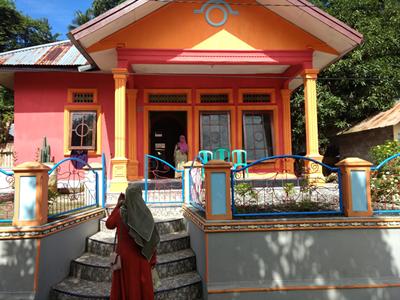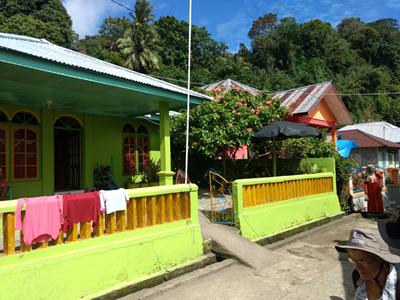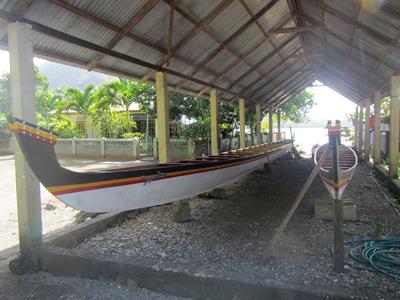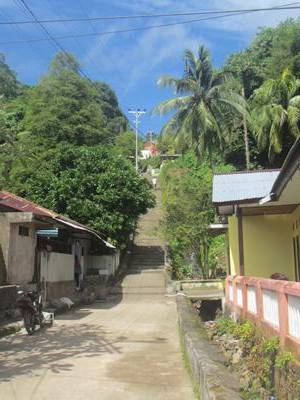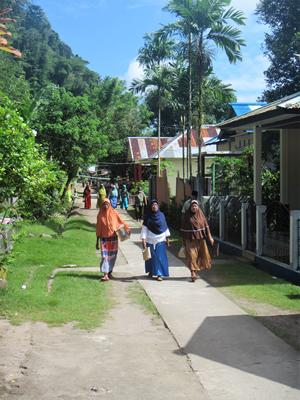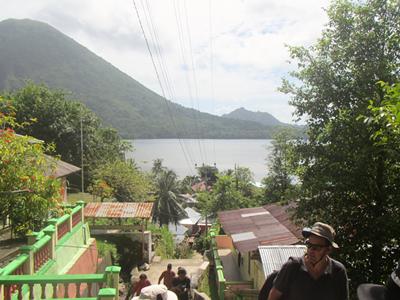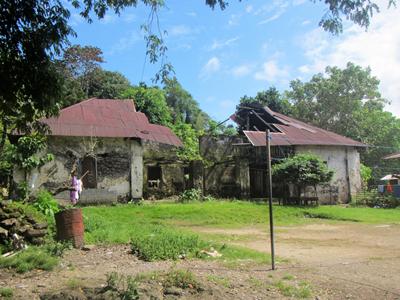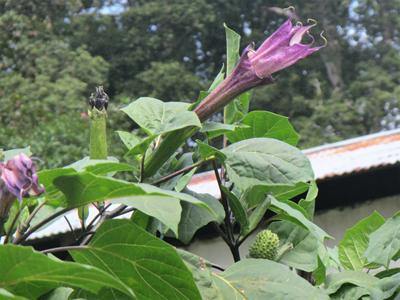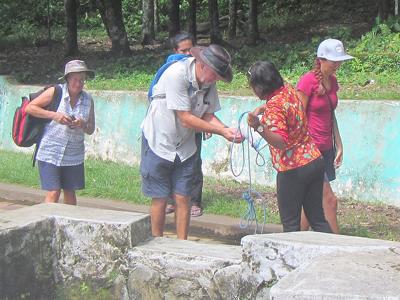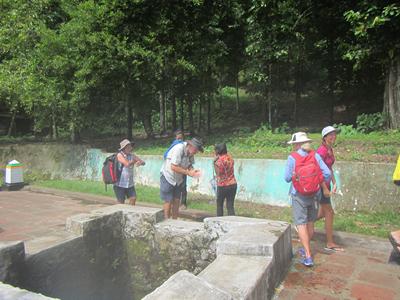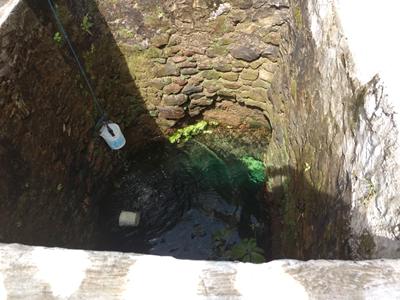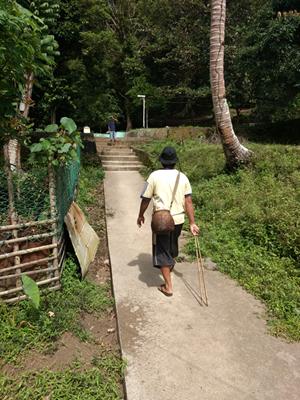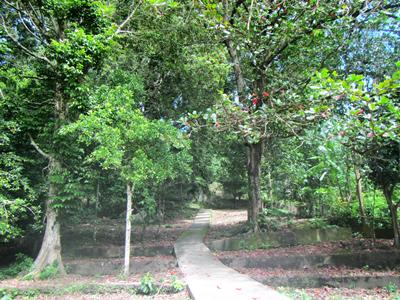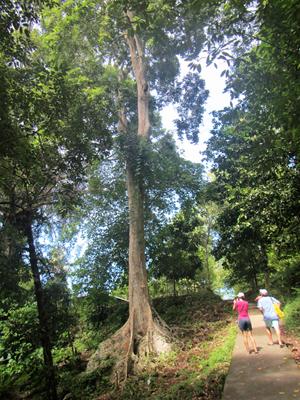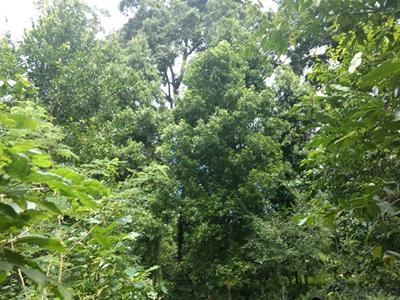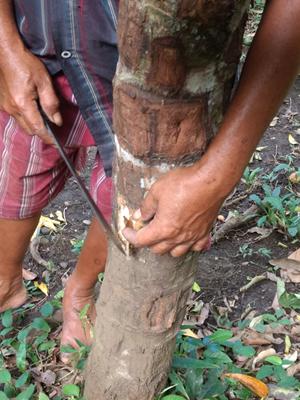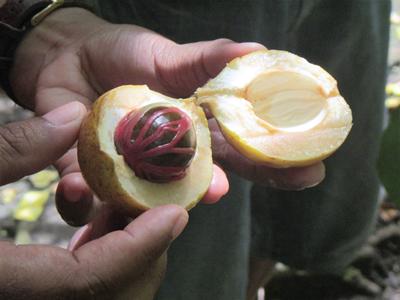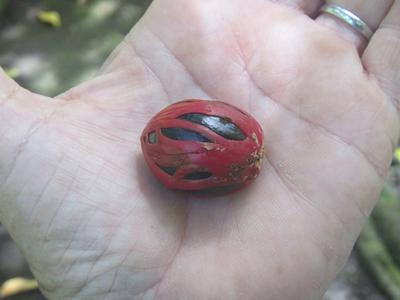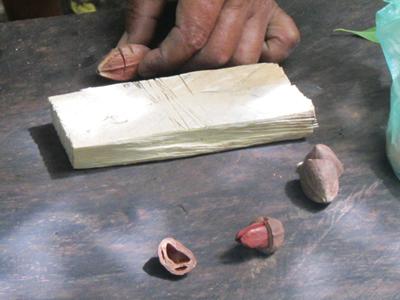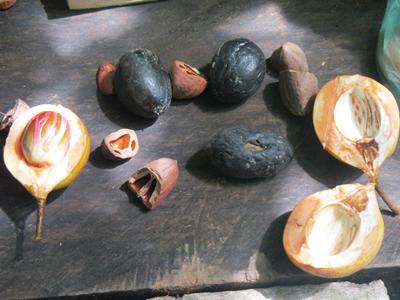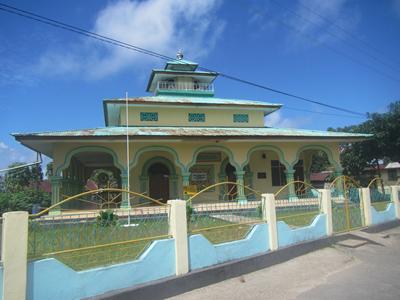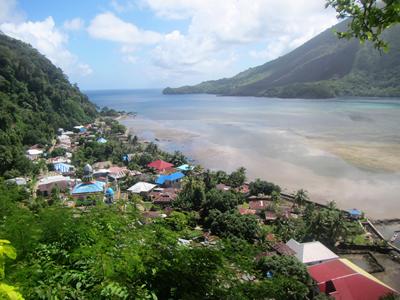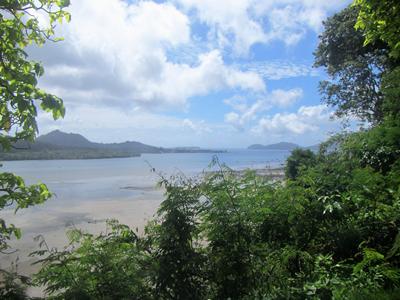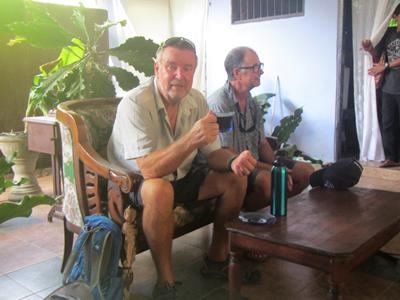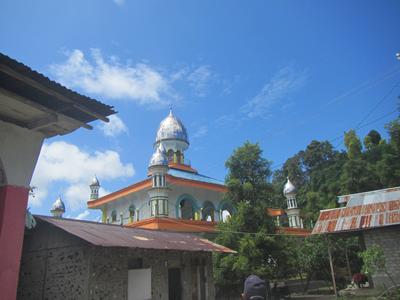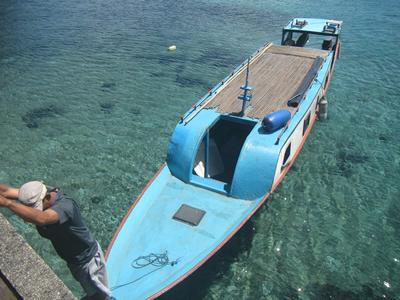Banda Besar spice tour

|
Sunday 30th July 2017 The Banda Islands are also known as the Spice Islands as
they were the original and sole location of the spices nutmeg and mace during
the seventeenth century. The Dutch constructed nutmeg plantations and
forts to protect them, and controlled the production and sale of nutmeg and
mace which were in high demand in Europe. The British, however,
negotiated with the village leaders on the nearby island of Rhun to protect
them from the Dutch, and the Rhun leaders accepted King James 1 of England as
their sovereign, making it an English colony. In 1667, in the Treaty of
Breda, the British conceded Rhun to the Dutch in exchange for New Amsterdam,
now Manhattan in New York, which today seems a somewhat unlikely trade, given
the current status of each island. The British also took nutmeg trees away
with them when they left, planting them in a variety of places including India
and the Caribbean, so that nutmegs became far more easily available, ending the
Dutch monopoly. We were ashore at 0930 to join the spice tour to visit a
plantation on Banda Besar (Big Banda). We boarded a local boat, electing
to sit on the top to get a good view and experience the way the locals
travel. The boat headed south between the islands and over to a jetty on
the island of Banda Besar, the biggest of the group of three. We were
taken ashore by the guides and led through the village. The houses here
seemed smarter than on Banda Neira, and the guides explained that every family
here owns some nutmeg trees, and so are “richer” than others.
The local boat that took us to Banda Besar. We
chugged past the volcano.
Crossing the channel between the islands – Run in
the distance. The
path into the village.
We passed some very smart houses along the main path.
Kora Kora, war canoes. Steps
up to the plantation. The steps up to the plantation were built so that the body
of the Dutch lady who planted it could be carried up to be buried there.
Ladies coming back from a wedding gathering. Looking
back down from halfway up the steps.
The Dutch built a smokehouse for drying nutmeg, now
disused. The
fruit of this plant apparently has a narcotic effect.
Only men are allowed to draw water from the sacred well
and wash with it. l
Quite frankly, I’m happy to have nothing to do with
water from here! This chap will use his sticks to pick
nutmegs out of pigeon poo.
The pathway through the plantation. Tall
kenari (almond) trees, some 300 years old.
The tall almond trees shade and protect the nutmeg trees. Cutting
bark from a cinnamon tree.
The fruit of the nutmeg tree cut open reveals the red mace
around the nutmeg seed.
Efendi demonstrated how he cuts open the almond casing with
his machete. Three blows and the almonds are untouched inside. The black fruit are over-ripe nutmegs. When they reach
this stage on the tree, they are eaten by pigeons who digest the fruit and poop
out the nutmeg. These are then collected, using bamboo sticks, and washed
clean. This saves having to take the nutmeg out of the fruit, but it also
loses the mace. So nutmegs are also collected before the fruit goes black
so that the mace can also be harvested.
A very smart official building. The
view from beside the fort out towards the island of Run.
The view from the fort back towards Banda Neira. A
cup of cinnamon tea at a villager’s house at the bottom of the steps.
A very smart mosque. Our
boat waiting in the very low tide to take us back. |
